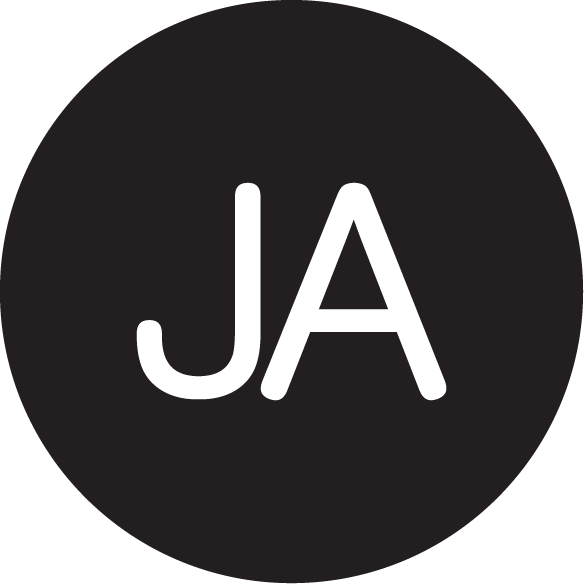Reflections: Animating a Blank Facade on Seattle's Waterfront
The Bakun building and the alaska way viaduct
A number of our recent projects at Johnston Architects illustrate the growing role of the architect in the realm of fabrication. Increased accessibility of digital workflows move designs from the desktop to the code that drives computer-controlled fabrication, allowing direct translation of architectural concepts into realized form. The advent of digital fabrication within the architecture, engineering, and construction industry not only has the potential to allow more direct and consistent control of design intent, it also holds the promise to pull the industry out of its productivity flat line. For decades, the workflows that we used to create our built environment have done little to reduce the fractious exchange of information leading to a sustained loss in productivity that increases costs and creates an end product whose quality is necessarily hampered by the process.
In the coming posts we will look at three fairly different examples of the way technology is allowing us to break down the barriers between the architect and built object.
We were approached by our friends at Friends of the Waterfront Seattle with a need for a quick installation that would animate an old vacant facade at the foot of the Pike Place Hill Climb, across Alaska Way from the Seattle Aquarium. The Bakun Building has been a fixture on the Seattle waterfront since 1925. The viaduct, built directly over its northwest corner, has been a too cozy neighbor since its completion in 1951. The building is owned by the Washington Department of Transportation, who is currently looking for a tenant. The large shadow cast over the open spaces around the unoccupied building by the viaduct and increased crime, primarily at night when pedestrian traffic fades, drove the Friends of the Waterfront Seattle to create a safer, welcoming space that would deter threatening activities.
Our charge was to quickly install something that would animate the facade and help light the surrounding spaces at night. Along with friend and long-time collaborator Mona Zellers, we devised the idea of projecting one large high definition video over the glazed portions of the building. The images would be active scenes from daily life in and around Seattle interspersed with serene glimpses of the natural world, making the building seem active and occupied and inspiring people to stop and watch. To accomplish this we used rear projection so that light emanated from inside the building out onto the street, which had the added benefit of allowing us to secure the projection equipment and computers. Windows across three levels in multiple rooms and in varying sizes proved to be the primary issue. We had done projection mapping projects in the past, but those were primarily one or two projectors aimed at a common object. For this installation we needed to document the facade and map the individual apertures so that we could program the portion and scale of each video projection. Seen as a whole, the image would appear coherent and unabridged.
The tight schedule was the most difficult part of installation. Having collaborated a number of times, Friends of the Waterfront Seattle trusted out judgement concerning the design and execution; however, we still only had just over a week to order equipment, create the images, test them, and install the display. To increase the speed at which we could iterate ideas and the underlying technology, we developed a virtual mock up by field measuring the façade and compositing the photos, allowing us to test masking and alternate videos off-site.
We also tested projection screen material. After looking at 6 different materials, we ended up using large frosted EVA shower curtains. For rear projection at night, they performed close to purpose made material and allowed us to cover a large area on a tight budget. The main drawback between using rear projection fabric vs. the frosted EVA is viewing angle, which was not a concern for this project.
the final projection
Install weekend was spent covering the windows with the EVA and masking the edges, running HDMI cables throughout the building, mounting short throw projectors, and setting up the computer and video card to run the show. We combined a few stock videos and an original we filmed and colorized to form a 10 minute loop. We decided to put media creation on the back burner until after we had the whole thing up and running as we could update that later. By the end of the weekend we had a working installation with a few bugs left to resolve, but Waterfront was happy, and it gave us some time to dial it in and start shooting video.
The primary technical issue was running 6 projectors off a single computer. We found a great graphics card that could project 4k across 6 outputs. It uses AMD's Eyefinity, which is a good system but does not offer the flexibility we needed for our setup. We ended up using a hybrid of one Eyefinity group on the lower windows and another on the upper two. Because the apertures were the same across those groups, we were able to scale them well.
Over the next few weeks we were able to film in multiple locations and put together a 45 minute original video that played on loop until May 2018, when the building was purchased.
